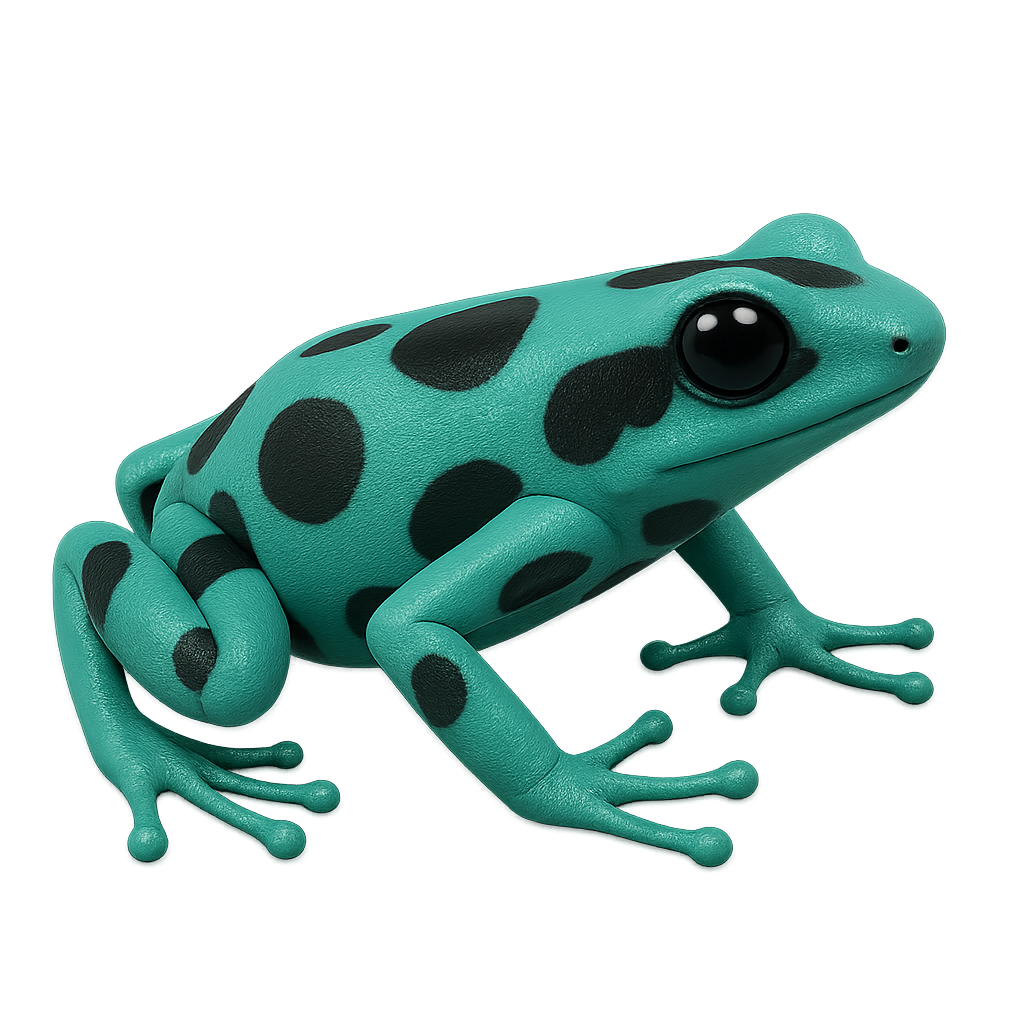Observe and photograph a species in its natural habitat
Learn where and when to observe a species in the wild, how to recognize it in the field, and what habitats it lives in. Get photography tips adapted to its behavior and capture stunning images without disturbing the animal. For full details, open the complete profile in the WildlifePhotographer app.
Green and black poison dart frog
Scientific name: Dendrobates auratus

IUCN Status: Least Concern
Family: DENDROBATIDAE
Group: Amphibians
Shyness: Suspicious
Safe distance: 3 m
Breeding season / Courtship: 01.01-31.03
Gestation: N/A
Births: 01.04-30.06
Habitat:
Humid tropical forests of Central and South America, especially in Costa Rica, Panama, and Nicaragua, in wooded areas near watercourses
Description:
The Golden Poison Dart Frog is a small, vibrant, and colorful frog from the Dendrobatidae family. This species typically measures between 2 and 3 centimeters in length and is easily recognized by its golden skin, often speckled with black. It primarily inhabits the humid tropical forests of Central and South America, particularly in Costa Rica and Panama. The Golden Poison Dart Frog feeds mainly on small insects, ants, and mites. It is known for its toxicity, which comes from its diet, particularly from certain ants and beetles that contain alkaloids. These toxins serve as a defense mechanism against predators. This species is also known for its social behaviors and vocalizations during the breeding season. The eggs of the Golden Poison Dart Frog are laid on the forest floor, and the tadpoles develop in small pools of water or on decaying leaves. While this species is not currently endangered, it is threatened by deforestation and the destruction of its natural habitat.
Recommended lens:
>=Macro
Photography tips:
Ready to take action?
Choose your platform and start your free trial today



